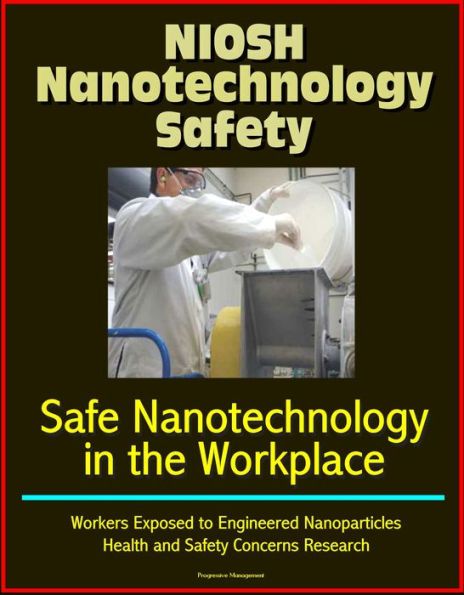5
1

NIOSH Nanotechnology Safety: Safe Nanotechnology in the Workplace, Workers Exposed to Engineered Nanoparticles, Health and Safety Concerns Research

NIOSH Nanotechnology Safety: Safe Nanotechnology in the Workplace, Workers Exposed to Engineered Nanoparticles, Health and Safety Concerns Research
9.99
In Stock

Product Details
| BN ID: | 2940044563742 |
|---|---|
| Publisher: | Progressive Management |
| Publication date: | 05/31/2013 |
| Sold by: | Smashwords |
| Format: | eBook |
| File size: | 559 KB |
About the Author
From the B&N Reads Blog
